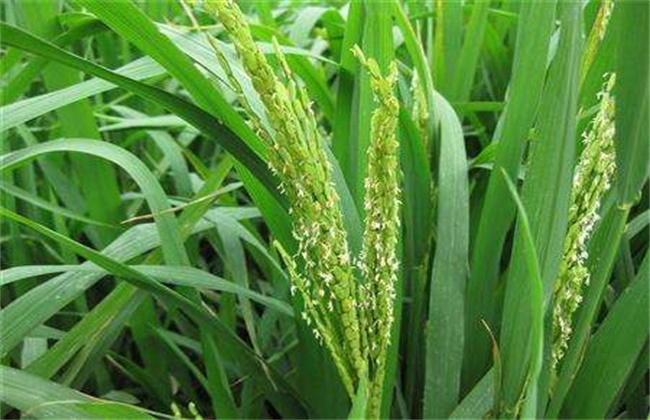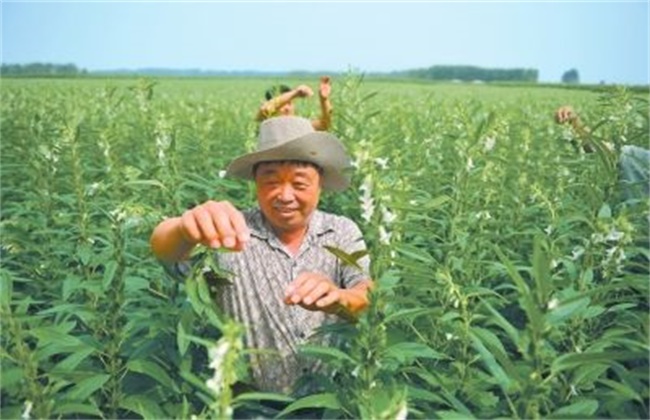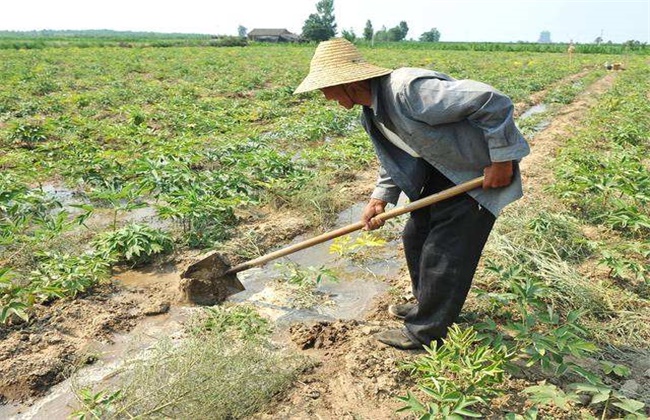Key points of Management of Rice seed-setting stage
Rice is one of the main food crops, with a large planting area. In order to achieve high yield, rice cultivation should pay attention to every link, especially in the late growth stage, when the management is very important. So how to manage the grain-setting stage of rice? Let's get to know it with the editor.

1. Moist irrigation
The flowering stage of poplar is a period when rice is extremely sensitive to water, and there is no shortage of water in the field, and the filling stage is a period when rice needs more water, but it can not accelerate the aging of leaves and roots by long-term irrigation with deep water. It is advisable to adopt shallow water irrigation, dry, wet and wet irrigation methods to achieve the coordination of water and air in the field, maintain the vitality of roots and leaves, improve seed setting rate, increase single grain weight, and generally cut off water one week before harvest in order to harvest.
2. Spraying foliar fertilizer
The purpose of spraying foliar fertilizer is to strengthen seeds, that is, to improve the maturity and plumpness of grains. From the point of view of quality, it is not suitable to apply growth nitrogen fertilizer such as urea, but advocate spraying nitrogen-free foliar fertilizer or special foliar fertilizer for rice at full heading stage. It can prolong rice root activity, maintain stem maturity, prevent lodging, improve quality, increase yield and increase rice rate.
3. Pest control
In the rice fruiting stage, it is also the peak period of sheath blight, rice blast and Chilo suppressalis, which should be prevented as soon as possible, but attention should be paid to avoid spraying in the flowering stage of rice heading poplar. At the same time, we should also pay attention to the excessive use of azole fungicides at the heading stage of rice, especially in the case of low temperature, cloudy and rainy days, when the growth of rice is inhibited, which may affect the heading and grain filling of rice, and the dosage should be strictly controlled during application. should not be applied blindly.
4. Anti-lodging
One of the main reasons for lodging in production is improper fertilization, excessive nitrogen fertilizer, excessive application of nitrogen fertilizer in the early stage, excessive growth, premature senescence, stem and leaf withering, improper irrigation, and diseases and insect pests in the later stage. In order to cure lodging, we should select excellent varieties, apply fertilizer scientifically, and improve the level of cultivation and management in all aspects, such as reasonable close planting according to the characteristics of varieties, regular irrigation in shallow water, timely drying and so on.
The above is the introduction of the key points of rice grain filling stage management. I hope it can help you. If you want to know more about it, please follow us.
Related
- The first cup of black tea in spring, the flavor and history of tea gardens in Kenya, Africa
- The computer can not only choose potatoes, but also grow tea rice. AI will grow winter oolong tea champion.
- It is not only the inflated tea bitten by insects, but also engraved with the four seasons tea in Beipu.
- The Oriental Beauty Tea Festival in Zhuxian County takes the stage at the weekend to experience the plus-size feast of oil tea.
- & quot; Oriental Beauty Tea & Exploration of Emei in Hsinchu, the hometown of quot;
- The new variety of strawberry "Tainong 1" dessert is the first choice with mellow aroma. Crimson gorgeous
- History of Tea in Taiwan: from Wild Inner Mountain to Export Tea Garden
- Two types of Taiwan Oriental Beauty Black Tea won the British three-Star Award for Childhood Tea Xiang Zhang Jiaqi changed from pilot to champion tea maker.
- Banana species and varieties: the planting history of Taiwan Xianren banana and dwarf banana is long, is banana disease resistant?
- Coffee planting Technology: Qianjie Coffee from Seedling to harvesting



